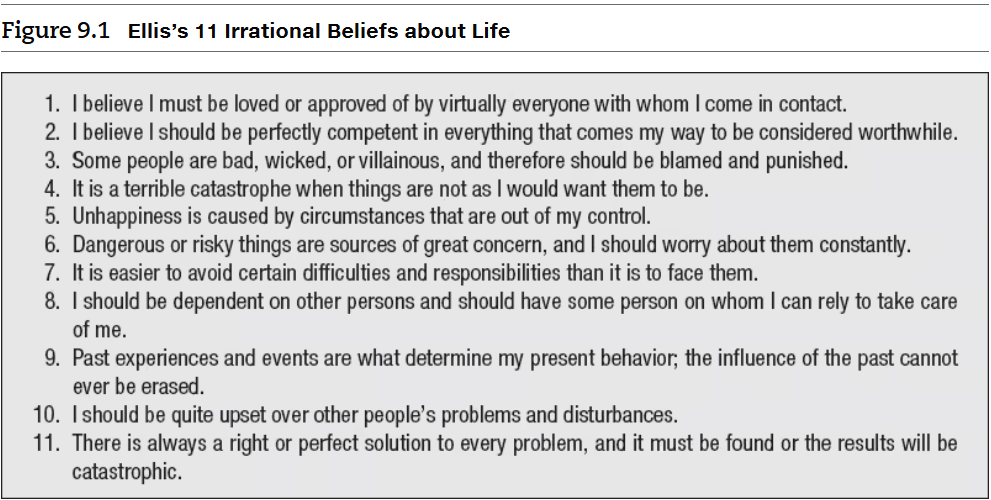Social psychological models of behaviour attempt to explain why individuals act the way they do in various social contexts. These models integrate individual, interpersonal, and societal factors to provide insights into behaviour. Here’s an overview of some key models:
1. Theory of Planned Behaviour (TPB) proposes that behaviour is influenced by:
– Attitudes toward the behaviour
– Subjective norms (perceptions of others’ approval)
– Perceived behavioural control (i.e., confidence in one’s ability to perform the behaviour [self-efficacy])
2. Social Cognitive Theory (SCT) suggests that behaviour is the result of:
– Reciprocal interaction between personal factors (beliefs, attitudes), environmental factors (social norms), and behaviour itself
– Concepts like self-efficacy (belief in one’s ability) play a major role.
3. Health Belief Model (HBM), designed to predict health-related behaviours. Behaviour is driven by factors such as perceived:
– Susceptibility (risk of harm)
– Severity (consequences of harm)
– Benefits (advantages of action)
– Barriers (obstacles to action)
4. Cognitive Dissonance Theory explains how people strive for consistency between their beliefs, attitudes, and behaviours. When inconsistency arises, they feel dissonance (mental discomfort) and are motivated to reduce it by changing their attitudes or actions.
5. Social Identity Theory examines how individuals define themselves within social groups. Behaviour is influenced by group membership, including in-group favouritism and out-group bias.
6. Attribution Theory focuses on how people explain their own and others’ behaviours. Explains behaviour as being attributed either to internal (dispositional) or external (situational) factors. For example, it is common for people to attribute negative outcomes in their life to external factors rather than internal factors.
7. Elaboration Likelihood Model (ELM) explains how people process persuasive messages and what determines whether those messages will change attitudes or behaviour. It’s often applied in areas like marketing, communication, and public health campaigns. The ELM identifies two primary routes through which persuasion can occur:
– Central Route; this route involves deep, thoughtful consideration of the content and logic of a message. People are more likely to take the central route when they are motivated to process the message (e.g., the topic is personally relevant or important to them) and they can understand and evaluate the arguments (e.g., they aren’t distracted, and they have enough knowledge about the subject). Persuasion through the central route tends to result in long-lasting attitude change that is resistant to counterarguments. Example: A person researching the pros and cons of electric cars before deciding to buy one.
– Peripheral Route, which relies on superficial cues or heuristics (mental shortcuts) rather than the message’s content. People are more likely to take the peripheral route when they are not highly motivated or lack the ability to process the message deeply, and when they focus on external factors like the attractiveness or credibility of the speaker, emotional appeals, or catchy slogans. Persuasion through this route tends to result in temporary attitude change that is less resistant to counterarguments. Example: A person choosing a product because their favourite celebrity endorsed it.
8. Self-Determination Theory (SDT) emphasizes intrinsic and extrinsic motivation. It emphasizes the role of intrinsic motivation—doing something for its inherent satisfaction—over extrinsic motivation, which is driven by external rewards or pressures. It suggests that behaviour is influenced by the need for:
– Autonomy (control over one’s actions); When people perceive they have a choice and are acting in alignment with their values, their motivation and satisfaction increase.
– Competence; Refers to the need to feel effective, capable, and successful in achieving desired outcomes. People are motivated when tasks challenge them at an appropriate level and provide opportunities for growth and mastery. Example: A gamer progressing through increasingly difficult levels, gaining skills and confidence along the way.
– Relatedness; Refers to the need to feel connected to others and experience a sense of belonging. Supportive relationships and positive social interactions enhance motivation and well-being. Example: Employees feeling a bond with their colleagues in a collaborative work environment.
9. Social Learning Theory proposes that behaviour is learned through observation and imitation. Role models and reinforcement play a key role in shaping actions.
10. Transtheoretical Model (Stages of Change) explains behaviour change as a process occurring in stages: precontemplation, contemplation (ambivalence), preparation, action, and maintenance
These models provide frameworks to understand behaviours in contexts like health, decision-making, group dynamics, and social influence.


